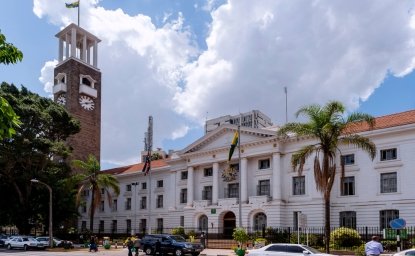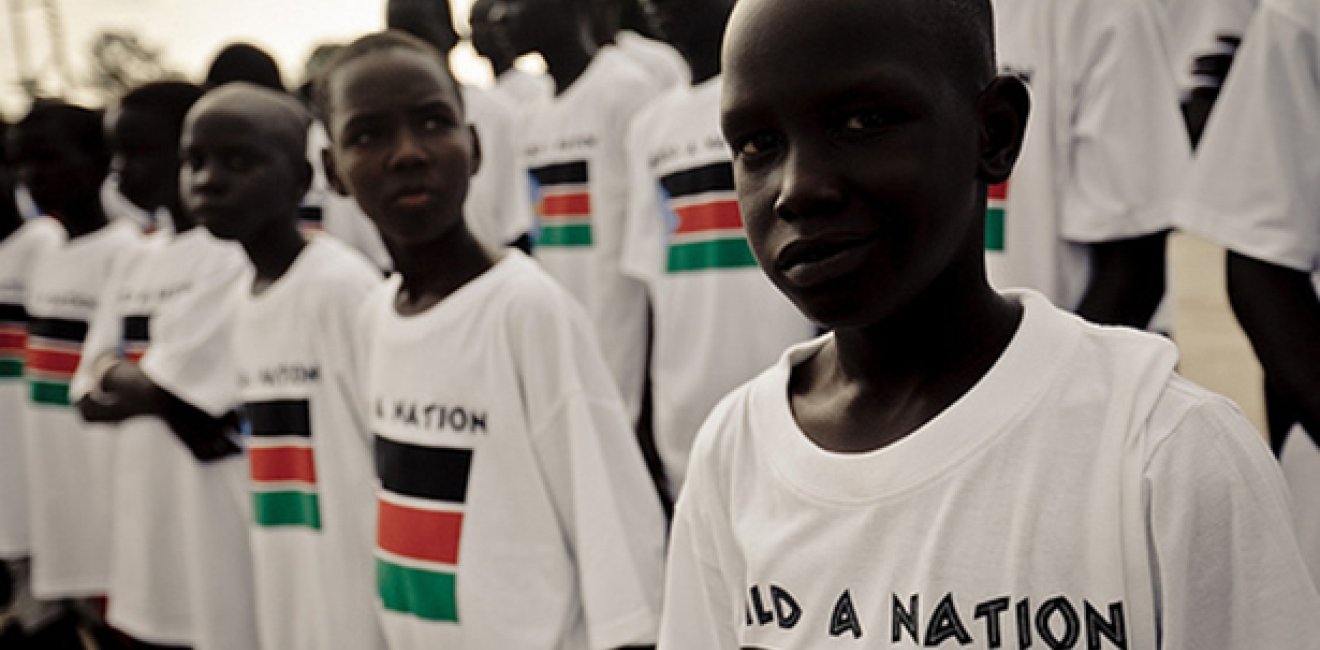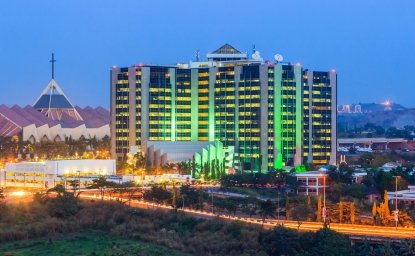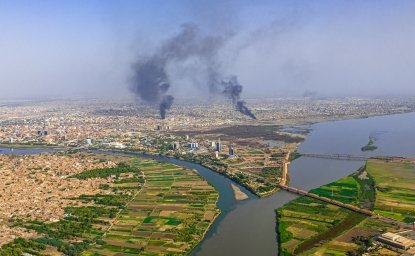
A blog of the Africa Program
The tragedy of South Sudan has been years in the making. And we are partly, but only partly, to blame.
The 2005 Comprehensive Peace Agreement between Khartoum and the SPLA/M was as good an agreement as could have been negotiated at the time. It gave all the Sudanese people a last chance to run their country fairly and effectively. That opportunity was missed, due in part to lack of outside support for the concept of making unity attractive, but primarily because the South Sudanese leadership sought the spoils of office rather than development and nation-building and wasted the six year interim period. I have never heard an SPLA/M leader express concern for the suffering of his people.
From 2005-2011, the South Sudanese leaders – and their foreign backers – focused on independence, without thinking through how the new state would work. It reminds me of the late Dr. John Garang's reply when I urged him in 2004 to organize trainings for the SPLM people who would take over government positions: "We'll cross that bridge when we come to it." Now South Sudan is at – or in – the river, with no sign of a bridge.
The West's Role in the South Sudanese Conflict
Perhaps we were at fault in viewing South Sudan too much through the prism of North/South relations. But hostility toward Khartoum's rule was the glue which held the South Sudanese together and there were (and are) genuine issues to be resolved within Khartoum. Nevertheless, we seem to have erred in giving the South Sudanese authorities too easy a ride in the face of admitted corruption, internal conflict, human rights abuses, and abject failures to develop infrastructure and provide services to their people.
What lessons can we draw for the future, particularly in terms of our own policies? The most important is that it is not for us to say who should run South Sudan. We should not play favorites or seek to identify 'good guys.' Few of the leadership on either side of the present divide would merit that description. Rather, we should examine how the state is run and whether the government is honoring its international obligations. And we should do all we can to encourage the victims of conflict to assert themselves in building their new nation.
The eruption of ethnic conflict should not have surprised any observer of South Sudan over the last quarter century. More southerners were killed by fellow southerners in the 1983-2005 civil war than by Khartoum's forces. The 1991 split in the SPLA was particularly bloody and the same fault-line is evident today. Even Khartoum's negotiators at Machakos in 2002 warned those who would listen of the dangers of ethnic conflict if the South went its own way. South Sudan needs a process of reconciliation and inclusive nation-building.
The Road to Reconstruction and Reconciliation
So what needs to be done and how can we help? The clear priority is to consolidate the present cessation of hostilities. This demands the immediate development of Intergovernmental Authority on Development monitors, working with officers from both sides on the model of the 2002-2005 ceasefire arrangements in the Nuba Mountains. The monitors (and UN Mission in the Republic of South Sudan) must have adequate transport – for all intents and purposes, this means helicopters – to be able to patrol and deploy swiftly to defuse conflict.
Secondly, there must be an urgent DDR (disarmament, demobilization and reintegration) process for the SPLA. Eyewitness testimony from Juba and Malakal shows that the killings in December and January were carried out almost exclusively by men in uniform – the same SPLA uniform. SPLA discipline seems non-existent despite extensive foreign training. The SPLA is too large, having absorbed members of former militias, and has far too many under-employed generals. Worse, SPLA officers and men too readily assume that they can sit back and enjoy their salaries because of the SPLA's role in the independence struggle. And it is true that there are not many jobs currently available in the private sector. However, difficult though it may be, the SPLA must be encouraged to understand that their role now is to earn their salaries by helping to build the nation, not to loot it. South Sudan needs basic infrastructure – roads, bridges, and buildings for schools and clinics. The SPLA could provide a significant amount of the necessary manpower for this essential work with direction and training provided initially by the US Army Corps of Engineers and the British Royal Engineers. Furthermore, as a residual benefit, the associated training would open the way to civilian jobs.
Thirdly, there must be a political process. The natural South Sudanese inclination will be to consider this as a question of determining who gets which government jobs. This will not work. There is no hope that President Salva and Dr. Riak will work together effectively. On the other hand, the possibility of both stepping down is extraordinarily slim, as is the potential for one accepting the loss of face in conceding to the other. A better way forward might be to seek agreement on a government program, postponing the decision about who will implement it.
Such a program should have several elements in addition to DDR. Priorities include facilitating the return of the displaced people and refugees to their homes and tackling the infrastructure deficit, including rebuilding those towns – Bor, Bentiu and Malakal – devastated in the recent conflict. Also urgent are the provisions of education and health services, training of government personnel and, crucially, a new constitutional process. The program should not include the sort of grandiose projects which have diverted too much of the government's attention hitherto, such as a new capital in the swamps of Ranciel or a pipeline to the Kenyan or Djibuti coast.
Fourth, the constitutional process could be the best vehicle to involve all kinds of civil society groups in charting the way ahead. Women's groups, national NGOs, think-tanks, and churches have already shown their community spirit in trying to build the country. They need more encouragement and strengthened capacity to accomplish their goals. It is worth noting that over the past twenty years or so, the Carter Center has mobilized over 20,000 South Sudanese to work on the campaign against guinea-worm (dracunculiasis). This serves as a real beacon of hope for the ability of the South Sudanese to help themselves.
Such work could also be a vehicle for healing some of the ethnic divisions in the country, if, for example, more power and resources were devoted to the ten states, so that decisions could be made locally rather than by the bloated and inefficient over-centralized bureaucracy in Juba.
Feasible Idealism
Some will say this is an impossibly heavy agenda, even with generous provision of outside resources and expertise. I do not believe this. There are many talented South Sudanese - including in the diaspora - who are very capable of doing what is needed, given the current climate of security and support. Let us now give them the practical help they require to succeed.
I hope this brief summary will stimulate more ideas on what might help South Sudan recover. Its people need stability and development. These are important US and international interests, too. We should work together to achieve them.
Alan Goulty is a Global Fellow here at the Woodrow Wilson International Center for Scholars, and is the former UK Special Envoy for Sudan.
Photo provided by the ENOUGH Project via Flickr Commons.
Author

Africa Program
The Africa Program works to address the most critical issues facing Africa and US-Africa relations, build mutually beneficial US-Africa relations, and enhance knowledge and understanding about Africa in the United States. The Program achieves its mission through in-depth research and analyses, public discussion, working groups, and briefings that bring together policymakers, practitioners, and subject matter experts to analyze and offer practical options for tackling key challenges in Africa and in US-Africa relations. Read more

Explore More in Africa Up Close
Browse Africa Up Close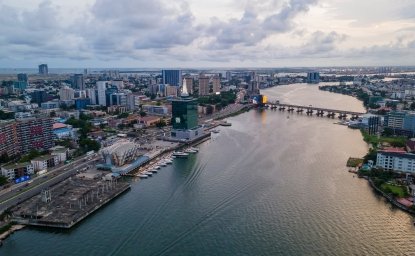
The Innovative Landscape of African Sovereign Wealth Funds
